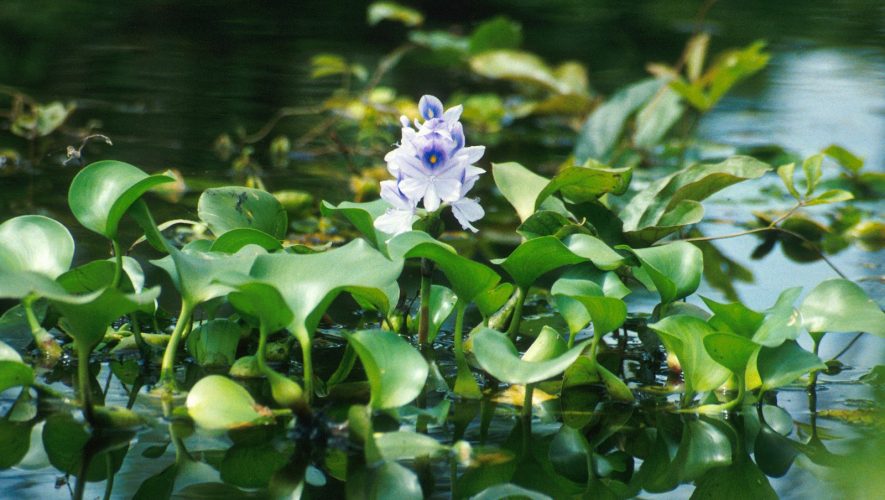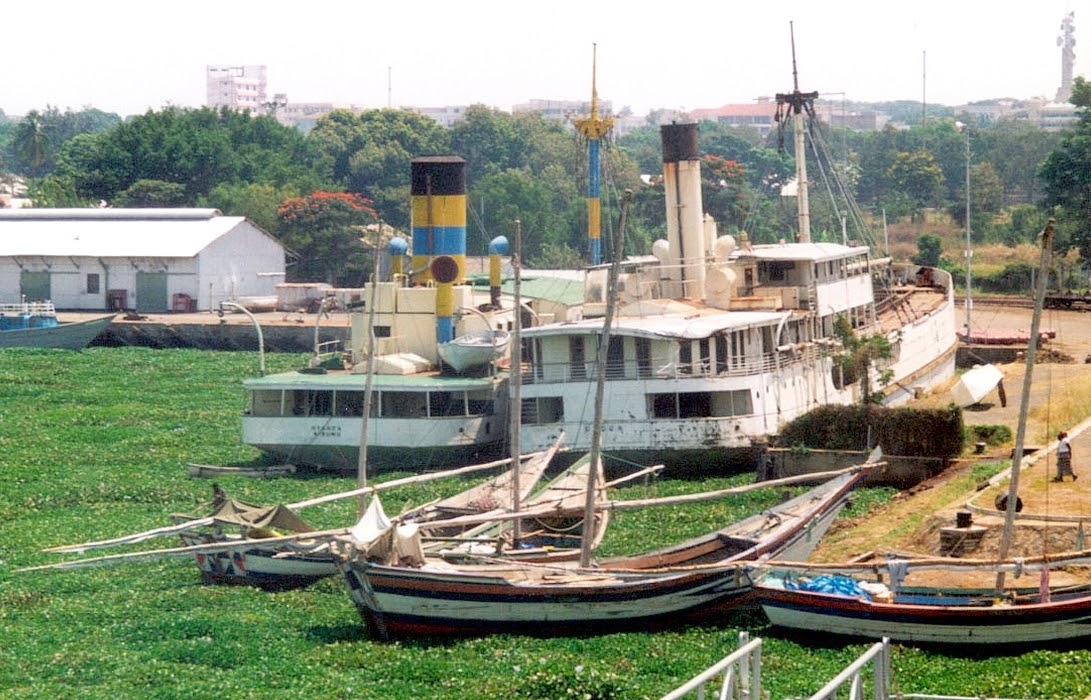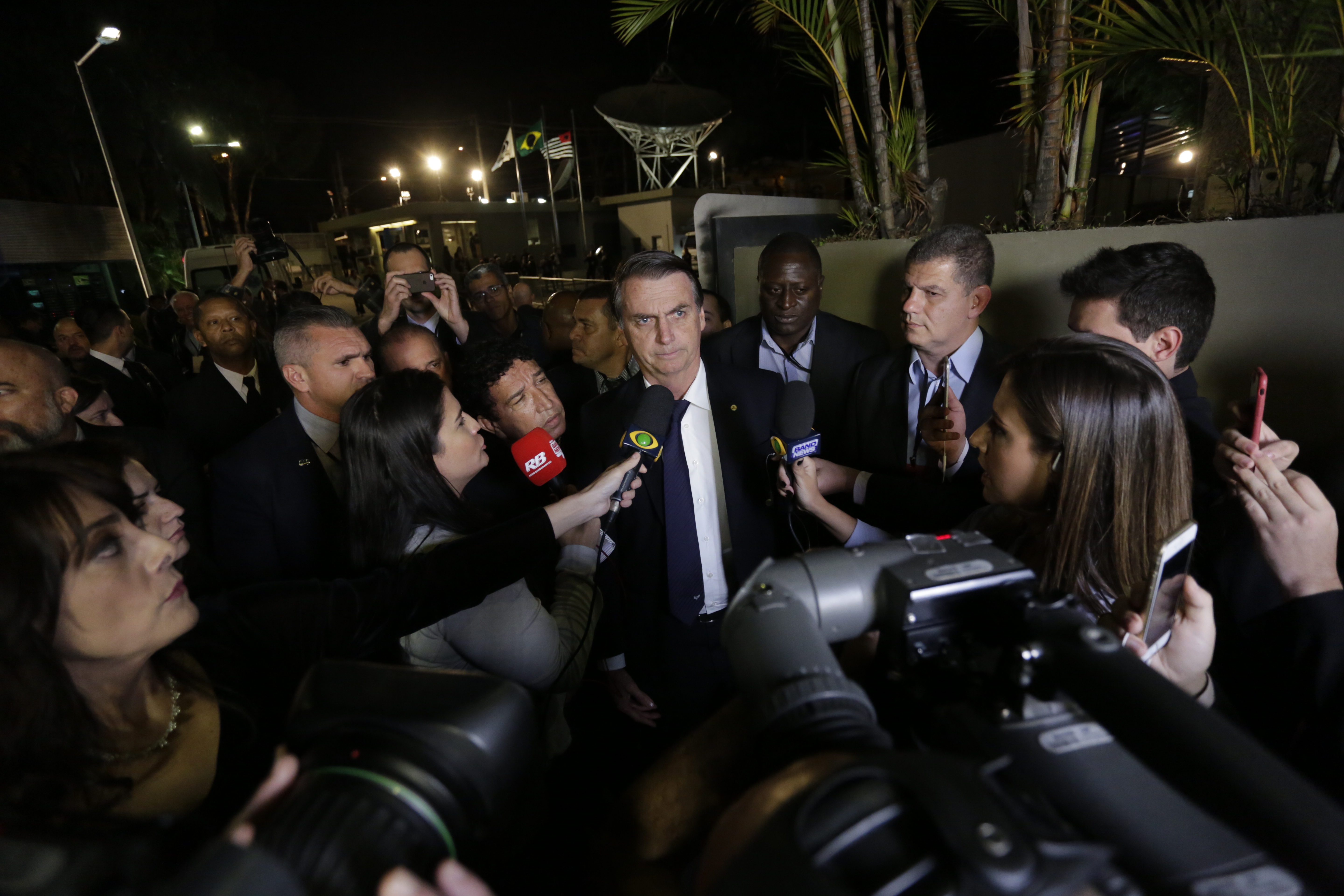The Nile River is a contentious issue. As Ethiopia constructs a new dam along the Blue Nile, its neighbors fear this will threaten their water supply. However, the Nile faces a more imminent threat than Ethiopia’s project: water hyacinth.
Water hyacinth originates from the Amazon basin but was exported to warm temperate and tropical regions because of its attractive appearance. The plant is widely considered the world’s worst aquatic weed; once settled, it quickly forms dense impenetrable mats across the water’s surface, clogging drainage systems, restricting water flow, and blocking sunlight. This cuts off aquatic life from its oxygen supply and worsens water quality. These mats also harm people who depend on the water for economic activities like fishing, boating, and power generation.
Water hyacinth was first discovered in Ethiopia in 1965 and has spread to the country’s biggest lake. Lake Tana holds up to 50 percent of the country’s fresh water, provides up to 60 percent of the Nile’s, and serves 123 million people across the Nile basin.
According to The United Nations Educational, Scientific, and Cultural Organization, Lake Tana is “a hotspot of biodiversity, an Important Bird Area and a site of global importance for agricultural genetic diversity.” The lake is home to twenty-eight species of fish—twenty-one of which are endemic—and over two hundred birds. The lake is also an important spiritual and religious center for Ethiopian Christianity, with monasteries hidden throughout the area. Monastics fear the spreading weed will damage their religious sites, some established as early as the thirteenth century.
In 2012, water hyacinth covered twenty thousand hectares of Lake Tana; five years later, it covered fifty thousand. At that point, the lake became critically infested, its aquatic biodiversity placed at extreme risk. This year, the weed is predicted to cover one thousand more hectares, further threatening the lake’s ecosystem and the villagers that rely on it. The fish population is already declining, hurting the lake’s $1.1 million fishing industry.
#SaveTana #SaceGERD pic.twitter.com/Jh5RsQ2vmy
— 🌡️***Justice*** (@Mike_antso) June 3, 2020
The Ethiopian government, concerned that the plant will impede its new dam, announced a three-pronged strategy to eradicate water hyacinth by year’s end. First, chemicals would kill or inhibit its growth. Then, other species would be introduced to eliminate or manage it. Finally, community members and machines would remove what remains.
The head of the government’s initiative admitted that its methods have not been as effective as planned. While chemical control is labor- and cost-efficient, herbicides degrade water quality and kill aquatic life, exacerbating the environmental crisis. The government’s biological control is less environmentally harmful and expensive, but very slow.
The combination of mechanical and physical controls seems to be most effective. Mechanical equipment can rapidly eradicate the plant before it regrows, and manual labor can reach areas of the lake where machinery is less accurate. But for a body the size of Lake Tana, mechanical control could easily cost tens of millions of dollars annually.
This is what we need for Lake Tana #saveTana #Ethiopia #habesha #savelaketana #Africa pic.twitter.com/HmuHm8LsYk
— Mickey (@Micky_AD) May 27, 2019
Labor is cheap since people are volunteering their time, but there is a price for such generosity. The amount of manual labor invested into this project between 2012 and 2017 is valued at more than $1.5 million. These workers are pulling weeds instead of working and attending school. Worst of all, because this plant grows faster than people can remove it, their effort is akin to Zeus’s punishment for Sisyphus—pushing a boulder up a hill only to watch it roll back down.
The Global Coalition for Lake Tana Restoration—a nonprofit established by US-based Ethiopian water professionals—is trying to address the crisis by working with other global Ethiopian expatriates. This coalition monitors the plant’s growth and evaluates the effectiveness of the aforementioned strategies. They have also raised $140,000 to eradicate the plant and purchased two large weed harvesting machines for $350,000.
The Ethiopian diaspora cannot save this lake alone, though. Because of its far-reaching implications, the Lake Tana crisis requires the international community’s attention. Water hyacinth is not just an Ethiopian problem; it has spread to other parts of the Nile, reaching Djibouti, Eritrea, Sudan, Egypt, Kenya, Uganda, and Tanzania. It costs Egypt—for which the river is a lifeline—around ten percent of its Nile waters each year.
Ethiopia and Egypt need to reprioritize their attention to save Lake Tana and the Nile. Instead of fighting over a dam with unclear benefits, Ethiopia should combat the plant that is quickly destroying its biggest source of water. Likewise, Egypt should worry more about the weed’s immediate water supply consequences than the dam’s long-term effects. While eradicating this plant will be costly and time-consuming, it’s essential to the survival of “the father of African rivers.”
While the Nile Basin Initiative—a temporary cooperative body for the Nile Basin states—could play a pivotal role in facilitating cooperation, it’s plagued by operational challenges. Member states don’t pay their dues, the underfunded body struggles to act, and donors use those struggles to justify cutting ties. If Nile Basin states fail to fund the initiative and transition it into a permanent commission, the body will fail to address the Lake Tana crisis just as it failed to address the Ethiopian dam conflict.
[The Egypt–Ethiopian Nile Conflict: A Dam(n) Shame]
It’s equally important that other countries get involved and share any research they have on eradicating this plant. This weed can be found on every continent except Antarctica; it threatens America’s Great Lakes, Mexico’s Valsequillo reservoir, Portugal’s canals, and Indonesia’s wetlands. Before this plant threatens more biodiversity, the world should come together to eradicate it.
This wouldn’t be the first time the world has fought water hyacinth. In 1989, it was discovered on Africa’s largest lake, Lake Victoria, and expanded to cover an estimated twenty thousand hectares in less than a decade. This infestation threatened thirty million residents in Uganda, Kenya, and Tanzania who rely on the lake for food, transportation, power, and tourism income.
At first, efforts remained local, with people manually removing the weed and raising awareness. However, this project picked up steam in the mid-1990s with the formation of a trilateral development initiative. To control water hyacinth, the program secured funding through the World Bank and dispatched weevils to eat the plant.
Kenya’s Kisumu Harbor, an entryway to Lake Victoria, infested with water hyacinth in 1997.
The US Agency for International Development also paid Clean Lakes, Inc. to intervene. The company, along with Australian experts, helped dispatch the weevils. The company also used large harvesting boats to treat the weed with herbicides and remove it. These efforts tamed the plant, but not for long—in 2006, it grew from five hundred hectares to over seventeen thousand after heavy flooding swept nutrient-rich sediment and fertilizer into the lake.
The international community eventually took action. In 2017, Ecologists Without Borders met with Kenyan officials to discuss the reinfestation. After visiting, the organization proposed to pay fishermen and their wives to harvest water hyacinth. The weed would then be processed and used as livestock fodder. The Russian government and the United Nations also joined the fight. Last year, Russia provided $7 million to Kenya in order to clear over fourteen thousand hectares. The partnership, bolstered by technical support from UN agencies, is expected to last three years.
Lake Tana needs this kind of support. The International Development Research Center (IDRC)—a corporation established by the Canadian parliament—could have provided it, as it did for Lake Victoria. In 1996, the IDRC’s People, Land, and Water (PLaW) initiative agreed to support research on water hyacinth and create an information-sharing mechanism. Through this partnership, the center has funded many hyacinth-control projects within Africa and the Middle East.
However, these efforts never extended to Ethiopia. The organization did not recruit any Ethiopian consultants when organizing its “Water Hyacinth in Africa and the Middle East” report in 2000; as such, the report focused on members of the East Africa Cooperation—an organization comprising states in the African Great Lakes region.
After Lake Victoria became hyacinth-free, the PLaW initiative shifted its focus to other issues. Even as the weed re-invaded the lake, its efforts remained elsewhere. The IDRC should aim to eradicate water hyacinth and expand its partnerships beyond the African Great Lakes states.
To promote greater regional cooperation, Nile Basin states should look to The Economic Community of West African States—a political and economic union of fifteen West African countries. In 1987, it adopted its regional weed floating program, which uses biological and physical control methods. Its 2003 impact assessment evaluates these controls, providing invaluable insight for East African states that want to replicate this program. As such, the union could be a great mentor, as it has combated this issue longer than East Africa.
While intergovernmental coordination is necessary, Lake Tana also needs the support of citizens across the globe. If you can, donate to the workers removing this plant. Share Lake Tana’s story on social media and sign this petition demanding the Ethiopian government do more.
Simply reposting articles and using #SaveTana won’t be enough though. Watch for future developments and update your friends, family, and followers. The more attention Lake Tana receives, the more likely nonprofits and international actors take heed.
Without urgent and immediate action from people and governments around the world, the water hyacinth’s environmental, cultural, and economic damage will be irreversible and irreparable. By taking action, you can preserve Lake Tana, the Nile, and millions of livelihoods.




